13 Tips for Mobile Marketing to Get the Most Out of Your Website

In the dynamic context of the digital age, mobile device popularity has been increasing like never before. From smartphones to tablets, these handheld devices have become an indispensable part of our daily lives. According to Statista , the number of smartphone mobile phone subscribers worldwide reached over 6.4 billion in 2022 and is forecasted to surpass 7.7 billion by 2028.
The prevalence of mobile devices reshapes how we connect, access information, and especially conduct business. So, what are the practical mobile marketing tips to use for your business? In this article, we will provide you with an overview of mobile devices and 13 tips for using mobile marketing effectively you can use to optimize your website and drive foot traffic to your store.
What Is Mobile Marketing?
Mobile marketing is any advertising activity that promotes products or services through mobile devices. Mobile marketing aims to reach an audience of mobile device users through SMS, MMS, email marketing, social media, content marketing, mobile responsive websites, apps, advertisements, and push notifications.
Moreover, everyone tends to carry their phones at all times consistently compared to other electronic devices like laptops or desktop computers, so it becomes imperative for businesses to ensure seamless accessibility for their mobile marketing campaigns. Businesses need to serve potential customers regardless of their location.

Benefits of Using Mobile Marketing
Mobile marketing is a great way to reach customers because that’s where they are! It lets you connect with them directly and deliver your message conveniently, just like Steve Jobs said - get close to your customers. Here are some key benefits of using mobile marketing:
Approach Your Target Audience from many different places
People are always on their phones, so reach them there! Mobile marketing lets you send texts, alerts, or even ads that appear near them - perfect for busy lives.
Target Your Audience Through Various Channels
Mobile marketing lets businesses advertise directly to customers on their phones through texts, pictures, and social media. It’s a great way to reach busy people and track how well your ads are working.
Provide a cost-effective way to get closer to your audience
Mobile marketing lets you reach existing and new customers on their phones, affordably! You can send targeted messages in real-time, tailored to who you’re reaching. Plus, mobile marketing can be interactive, allowing customers to easily sign up for updates and deals.
Provide Personal Marketing
Mobile marketing gets personal! Reach your customers directly through texts, and social media, or even target them based on their friends’ interests. Plus, it’s a two-way street - you can see how your marketing performs and they can easily respond to deals or updates.
Give Good Customer Experience
Mobile marketing prioritizes providing an excellent customer experience beyond just sales. It involves facilitating easy access to business information, seamless connections via preferred social media platforms, and eliminating unnecessary steps like manually copying and pasting email addresses. This emphasis on convenience reflects the modern demand for comfort and simplicity. Through mobile apps and websites, customers can effortlessly interact with businesses, access information, make purchases, and engage with customer support, enhancing overall satisfaction.
Disadvantages of Mobile Marketing
However, mobile marketing has some downsides to think about before using it. One big worry is privacy. Since mobile devices are personal and always with us, they can gather a lot of sensitive info about us.
This info might get used for targeted ads, which some folks find bothersome. If someone gets too many texts or ads, they might delete the app or stop using the service. So, businesses need to be careful about how often they send messages and make sure they’re interesting.
Phones are quite personal, so it’s important to respect how people use them and not overload them with messages. Mobile marketing can be less forgiving than regular marketing.
Top 13 Mobile Marketing Tips You Should Apply
Mobile marketing is not a new online marketing technique, but it is still a growing frontier that requires deeper exploration for advertisers. Mobile strategies are even more powerful when combined with other advertising types.
It is necessary to consider the following tips to optimize mobile marketing strategies and ensure success in reaching target audiences.
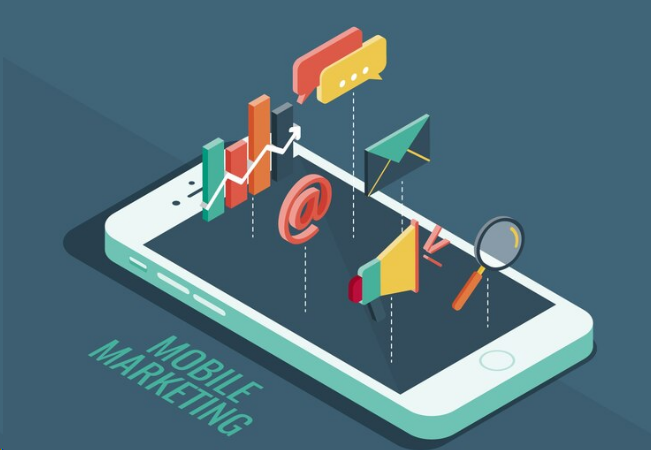
Make your website compatible with all screen sizes
As mobile devices become increasingly popular, it’s important to have a responsive design that uses flexible layouts, images, and other media. A clean, simple, and uncluttered design can enhance aesthetics and create a positive user experience. This way ensures your website looks great on all mobile device screen sizes.
You can use HTML, CSS, and JavaScript in combination to create a responsive design that adapts to different screen sizes. Furthermore, employing media queries allows customization of your website’s CSS to various screen dimensions.
Last but not least, you can also optimize your images and use a mobile-friendly theme to make sure that your website is optimized for mobile devices.
Make Sure That Content Is Relevant And Short But Useful
-
Personalization: Given the prevalence of personalized content, ensuring that your message corresponds closely with your target audience is crucial. Any deviation could result in a missed opportunity.
-
Timeliness: Sending messages at the right time and place is essential. Adjusting your promotions with specific events, seasons, or relevant triggers enhances their effectiveness. For instance, promoting winter coats when the weather turns cold is a timely and contextually relevant approach.
-
Clarity and Conciseness: In the fast-paced world of mobile interactions, brevity is key. Creating clear and concise messages helps to attract attention and convey information efficiently. People are more likely to engage with content that gets straight to the point because they don’t have time to read long articles that are filled with fluff.
Combine Content with Eye-Catching Images
Combining content with compelling and eye-catching images is important because your content competes with millions of online content. You need to have visual content to grab attention within the online space. When you use high-quality images, graphics, and videos, content can convey information more effectively.

Highlight essential details at the top
Just like newspapers put eye-catching headlines at the top, websites need to grab attention right away. That’s the area you see without scrolling, called “above the fold” on websites. To make people scroll further, use clear pictures that load fast, short product names, and simple text that mentions the best thing about each product.
There are two main reasons why it’s important to put the most important content “above the fold” on your website:
Grab attention fast: People have short attention spans, especially when browsing online. The content they see first, without scrolling, needs to be catchy enough to make them want to learn more. This “above the fold” area is your prime real estate to convince them to stick around.
Not everyone scrolls: Believe it or not, some users might not scroll down on your webpage. Maybe they have slow internet and don’t want to wait for more content to load, or maybe they just scanned the first bit and didn’t find what they were looking for. By placing key information “above the fold,” you ensure they see the most important message even if they don’t explore further.
Identify the Image Type that Works Best for Mobile
Choosing the appropriate types of images is considered an important element in creating effective mobile marketing campaigns.
However, there’s no universal formula for determining the most effective image types. It depends on your campaign goals and what resonates with your target audience, from funny memes to the dynamic allure of animations or standard stock photos.
Besides, there are also some notes you need to remember when choosing images for mobile marketing strategy.
Image Optimization for Small Screens:
-
Ensure the image is easy to see on small screens
-
Avoid complex designs and tiny text
-
Consider how much bandwidth usage is to prevent slow-down loading times
Size Statistics from HTTP Archive (2022):
-
Median size of desktop website: 1010.2 KB
-
Median size of mobile website: 875.9 KB
Relevance and Campaign Alignment:
- Choose images suitable to your campaign
Optimal Image Size:
-
Optimal resolution for most smartphones: 640 by 320 pixels
-
Preferably maintain the original image’s aspect ratio to prevent deformation
Improve Website Speed
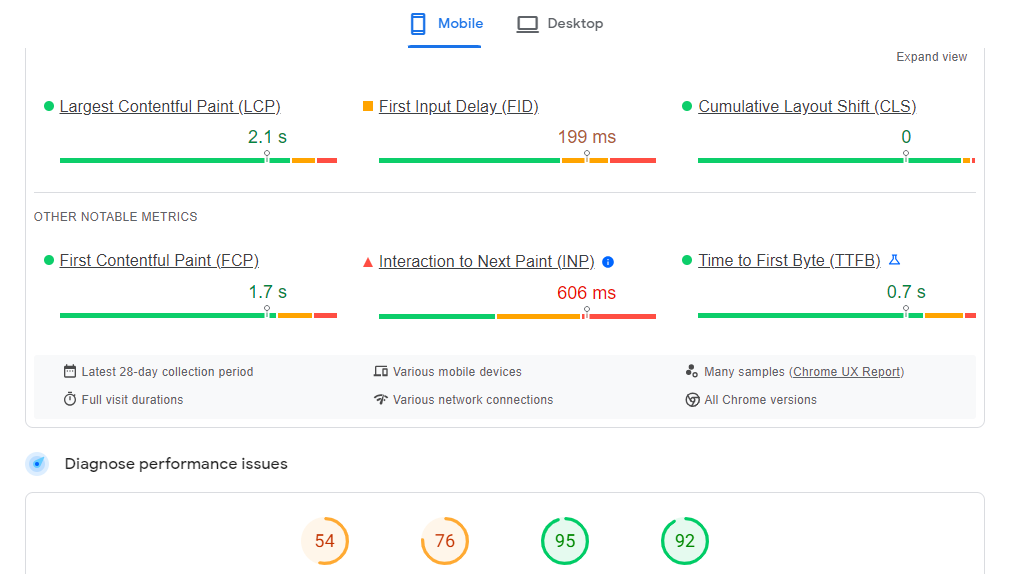
Website speed is an important element for user experience, and it can also impact your site’s search engine rankings. Users tend to like fast-loading websites, and slow load times can cause higher bounce rates. When a website has low-speed loading, it will impact user satisfaction negatively.
Google has indeed been using page speed as a ranking signal for desktop sites for some time, and since July 2018 , it has also been a ranking factor for mobile search. This means that the speed at which your website loads on mobile devices can affect its position in Google’s search results.
To check and optimize your website’s speed, you can use PageSpeed Insight tool . This Google tool not only measures the loading time but also calculates a score and analyses the website for potential improvements. It is considered a useful resource for webmasters and developers who aim to improve the speed and overall user experience of their websites.
Use Chatbot Like Content Marketing
Integrating chatbots into a mobile marketing strategy can improve customer engagement. Treating chatbots as a content marketing tool allows businesses to provide information about products or services, address frequently asked questions (FAQs), and facilitate the purchasing process.
Furthermore, using chatbots to collect data on customer interactions can be a great strategy. The data gathered can be analyzed to understand customer preferences, behaviors, and needs. This data can be used to create more personalized marketing campaigns. It helps build stronger customer relationships by providing content and offers more relevant to individual interests.
Focus on Local Marketing
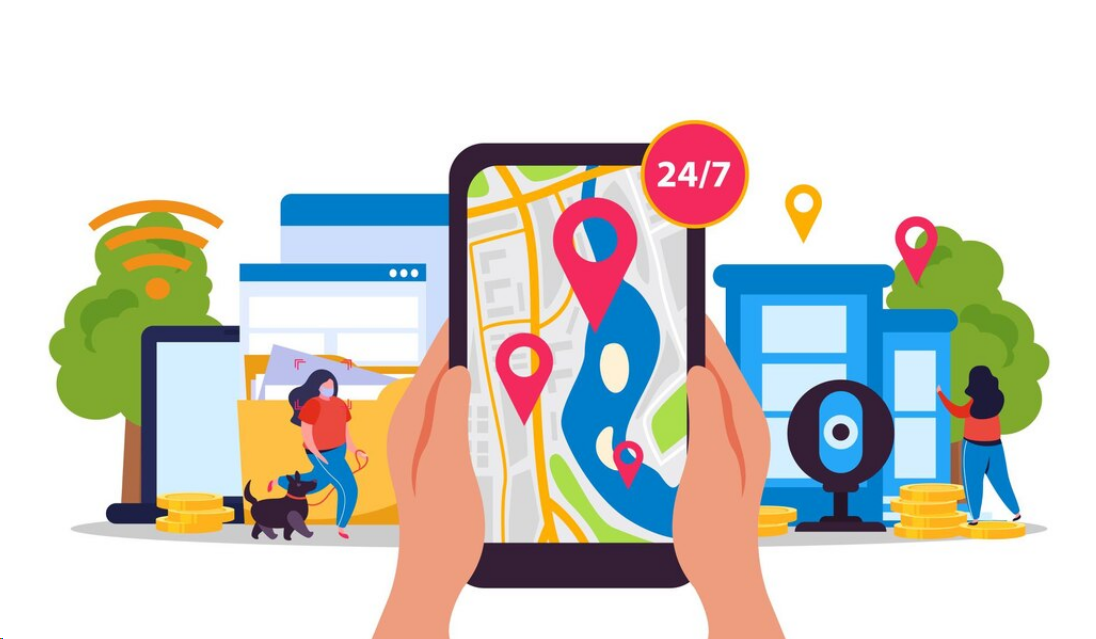
If your business has a physical location, focusing on local marketing is crucial for attracting nearby customers. Here are some key elements you should consider:
-
Optimize your website for local search: This is related to using local keywords in your website’s content, meta tags, and headings. Additionally, ensure that your business information, such as address and contact details, is accurate and consistent across online platforms.
-
Creat local content: You can create content that is relevant to your local audience. This can help you establish your business as an authority in your local area and attract more customers.
-
Use local keywords: Local keywords are specific keywords to your local area, such as the name of your city or town. You can use these keywords in your website’s content, meta tags, and headings to help your website rank higher in local search results.
-
Focus on local SEO: you can focus on local SEO by optimizing your website’s speed, using a responsive design, and making sure that your website is easy to navigate and use.
Build Mobile-Friendly Emails
Creating mobile-friendly emails is essential for providing a great user experience. Here are some tips to help you write mobile-friendly emails:
-
Build a responsive design: A responsive design is a method of creating emails that adapt to different screen sizes. This will help your emails look great on all mobile devices.
-
Keep the subject line short: Mobile devices display significantly less of your subject line, so it’s essential that you create short yet effective subject lines. It’s recommended that you keep your subject lines within the 25-30 characters limit.
-
Use clear and concise language: When writing emails, it’s essential to keep your content concise. Due to the fact that the overall mobile screen size is small, you need to create short, scannable, and consumable content using short paragraphs, bulleted lists, highlights, headers, etc.
-
Create a clear and simple call-to-action (CTA): Your CTA should be clear and easy to find. For example, you can use a prominent color for your CTA button and place it at the end of your email.
Optimize for Voice Search

Voice search is becoming more and more increasingly popular. Optimizing voice search is crucial to maintain competitiveness and ensure that your content is discoverable through voice-activated queries. Here are some tips to help you get started:
-
Understand your audience: Mobile users prefer voice search over typing queries
-
Focus on conversational keywords: Use long-tail keywords and natural language in voice search queries
-
Build pages that answer FAQs: Create pages that answer frequently asked questions to increase the chances of appearing in voice search results.
-
Provide context with schema markup: Use schema markup to communicate important details about your content to search engines.
Send Reminders And Push Notifications
Effective mobile marketing messages are by using appointment reminders and delivery notifications. Sending timely reminders mitigates the risk of appointment oversights and significantly contributes to streamlined business operations.
Providing customers with comprehensive details and anticipated delivery times not only ensures smooth transactions but also improves customer satisfaction. Thereby, you can build positive business-client relations.
Make sure your buttons are big enough on mobile
Phones have smaller buttons than computers because our fingers are bigger than mouse pointers! A finger needs a button at least 45 little squares on the screen to hit it easily. Bigger buttons, like 72 squares wide, are even better for thumbs. Make sure buttons aren’t too close together; leave at least 32 squares of space between them so you don’t accidentally press the wrong thing!
Make Use of QR Codes
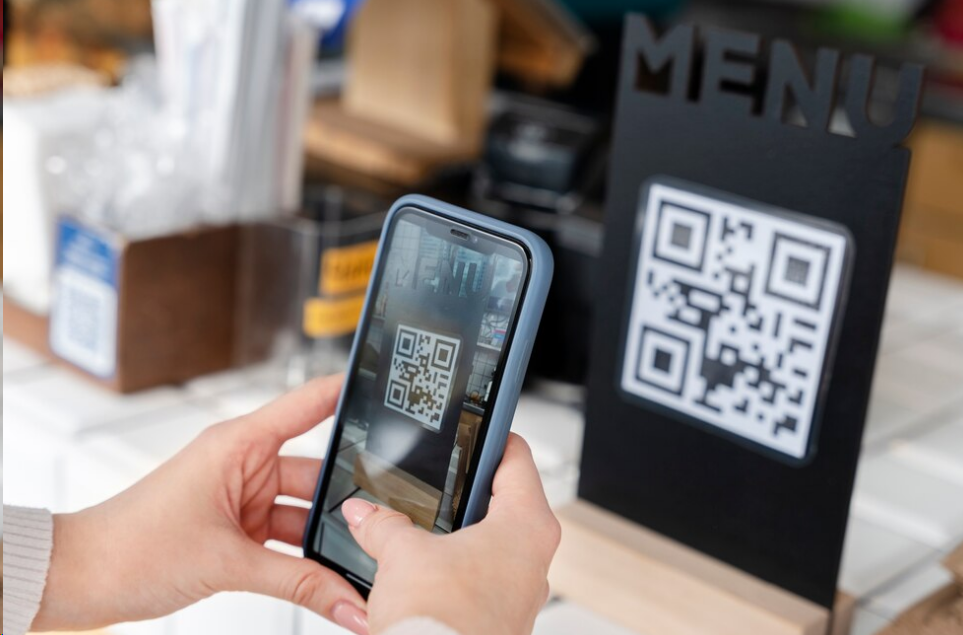
QR codes are rapidly becoming one of the most popular ways to provide quick mobile access to information. QR codes can help you connect, reach, engage, and convert your target audience.
-
Website/Landing Page: QR codes can be used to direct consumers to a website or landing page. This helps to eliminate the difficulty of exploring the website and can lead to registration or landing pages/websites.
-
Call your company: During business conferences, you can engage an audience by having them scan your station’s QR code to access your contact information. When using this way, you can tailor the QR code to ring the immediate recipient’s phone.
-
Text: SMS marketing benefits most from QR-coded communications. The transmission of messages only occurs after scanning the QR code. This functionality is used for product updates, sales, user support, and SMS registration.
-
Email: QR codes facilitate the tracking of newsletters, email marketing, and performance rates (e.g., open and bounce rates). Users can also utilize the QR code to read emails on their mobile devices, ensuring cross-platform accessibility.
-
Apps: By scanning a QR code, users can download an app. For instance, Spotify’s tracks now include QR codes. Users may share or suggest their music to others by scanning the QR code.
-
Business address: If a website visitor wants to visit your business office, they can scan your QR code, which offers quick company instructions.
-
Promote social media pages: Individuals who like your products or services can stay informed by following social media accounts. When they follow through with the QR code, potentially receive discounts or coupons.
-
E-commerce: Businesses use QR codes for discounts and promotions. By using a QR code, a customer can obtain a receipt or menu on their phone.
Before using a QR code, you need to know these things:
-
Integrate QR codes for a clear CTA in your marketing plan. Ensuring QR codes is designed to be user-friendliness
-
Test the QR code on various devices and apps to ensure accurate consumer data.
-
QR codes need the internet. If a store’s connection is iffy, downloading big files like .pdfs can be tough.
Encourage Social Engagement
Social media engagement is a vital part of any marketing strategy. It is a measure of how people are interacting with your social media accounts and content. Engagement strategies can include likes, comments, shares, and more.
Social media platforms appreciate authentic social interactions, so engagement has become increasingly important. It can impact your business in many ways, from brand awareness to customer loyalty. Without engagement, social media is just media. People use social media platforms to connect with people and brands. Social media engagement has a major impact on small businesses.
It is crucial to respond to customers quickly and engage in meaningful conversations. You can improve your social media engagement strategy by posting consistently with interactive and immersive formats, inviting people into the conversation, and responding to comments every day.
For mobile marketing, you can host a giveaway, respond to consumers who ask questions or leave feedback, and you can share new posts from your blog. The key to promoting engagement is consistency. Schedule your posts for the week and take some time to respond to comments every day.
Optimize Opt-in and Opt-Out Forms for Mobile Devices
Opt-in and opt-out forms are essential for obtaining consent to carry out data-driven activities. They are a legal requirement in many jurisdictions and can help you avoid significant penalties. When it comes to mobile marketing, optimizing opt-in and opt-out forms is crucial. Here are some tips to help you optimize your opt-in and opt-out forms for mobile devices:
-
Keep it short and sweet: Mobile users have limited attention space, so it’s important to keep your opt-in and opt-out forms short and to the point. Only ask for the information you need and make sure the form is easy to fill out.
-
Make it easy to read: Use a clear and legible font that is easy to read on a small screen. Avoid using too many colors or images that can distract from the form.
-
Use interactive elements: Interactive elements like sliders, buttons, and checkboxes can make your opt-in and opt-out forms more engaging and user-friendly.
-
Provide value: Offer something of value to users who opt-in, such as a discount or exclusive content. This can help incentivize users to provide their information.
-
Be transparent: Clearly explain what users are opting in or out of and how their information will be used. This can help build trust with your users.
-
Test and optimize: Test different versions of your opt-in and opt-out forms to see what works best. Use A/B testing to compare different versions and optimize your forms for better results.
3 Most Effective Tools for Mobile Marketing
After you get the hang of the mobile marketing tips above, we will show you the mobile marketing tools you need to use to make these strategies effective.
GroundTruth Ads Manager

GroundTruth Ads Manager is a self-serve advertising platform that offers location-based marketing tools to reach the right people and attract consumers to your brand. This technology undergoes rigorous third-party verification, creating confidence in the precision of your ad targeting to drive real business results.
The highlight features of GroundTruth Ads Manager include:
-
No IO contract which is required
-
Real-time reporting on actual visits
-
No minimum spend
-
Integration with text messages, applications, and mobile websites
Geofencing Advertising
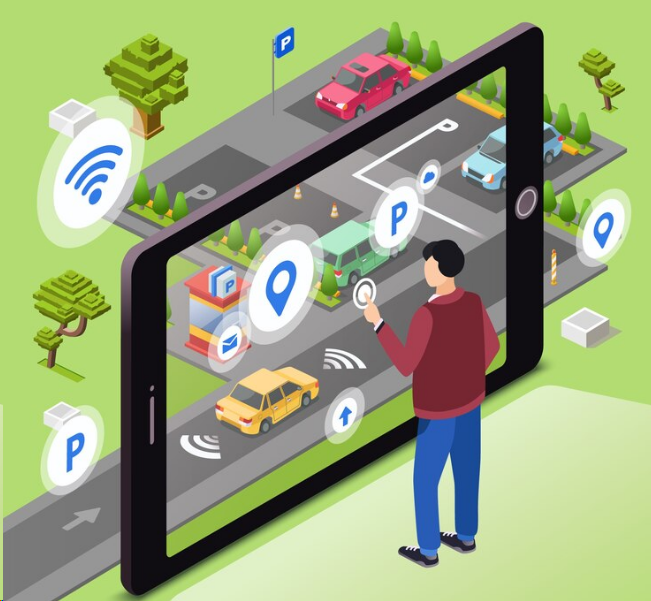
Juice Geofencing Advertising is location-based online advertising where GPS, RFID, WiFi, and Bluetooth technologies collect users’ data. It creates a virtual boundary around a location. For instance, you can use this form of mobile advertising to identify a building or shopping area. GroundTruth employs its proprietary Blueprints technology to define geofences, ensuring precision.
After configuring your geofence, you can show mobile ads to people who fall within the area and who meet your criteria. By combining GPS technology with audience insights, you not only enhance but precisely tailor the efficacy of your mobile ad promotions, making it a scalable and accurate advertising solution.
The highlight features of Juice Geofencing Advertising include:
-
Customize ads based on location and interests
-
Attract users with location-based push notifications
-
Have detailed campaign performance analytics
-
Support multiple platforms for a broader reach
-
Target competitors’ locations for customer attraction
Facebook Weather-Based Targeting
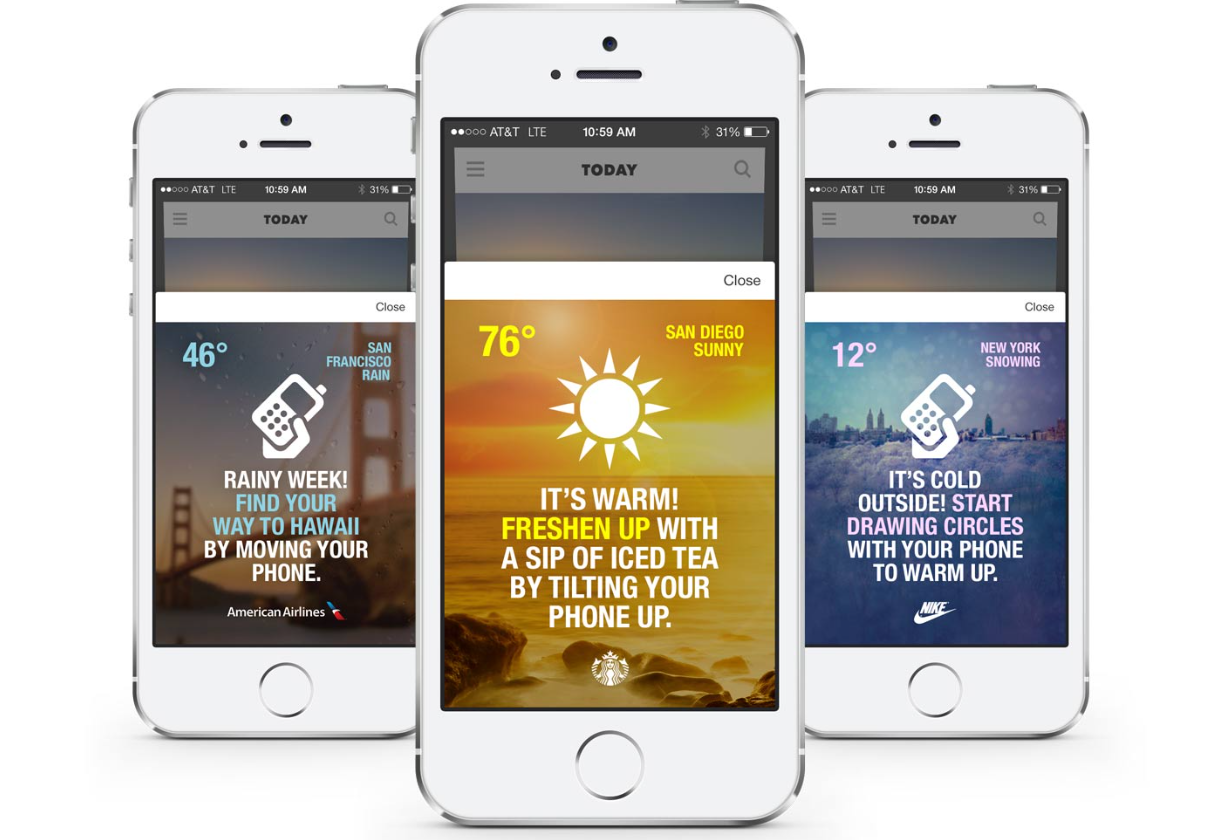
Facebook Weather-Based Targeting is a way to create and set up automated rules for your various advertising accounts, which include activating and deactivating your ad sets if and when they meet certain weather or temperature system criteria.
The highlight features of Facebook Weather-Based Targeting include:
- Insights into weather-driven user engagement.
- Dynamic, real-time ad customization.
- Automated adjustments based on the weather.
- Target-specific locations depended on the weather.
- Responsive campaigns that are suitable for the current weather conditions
Conclusion
Optimizing your website for mobile devices is not just a simple check but an ongoing process that requires consistent attention. By applying 13 strategic mobile marketing tips above, you can not only enhance your site’s visibility but also create a user-friendly environment that encourages meaningful engagement. In the fiercely competitive context of online marketing, using the best effective mobile marketing strategies is essential for sustained success. Follow the evolving trends and witness your website rise to new heights in search engine rankings.





![Top 20+ Must-have Shopify Apps for 2025 [Free & Paid] - Mageplaza](https://cdn2.mageplaza.com/media/blog/must-have-shopify-apps/top-must-have-shopify-apps.png)
![[2025 Updates] Top 10+ Upsell Apps for Shopify - Mageplaza](https://cdn2.mageplaza.com/media/blog/best-upsell-shopify-app/cover.png)